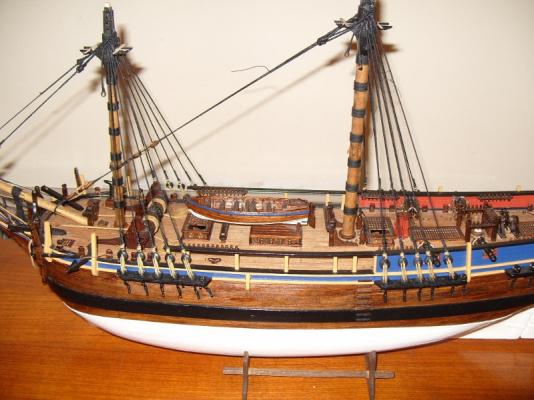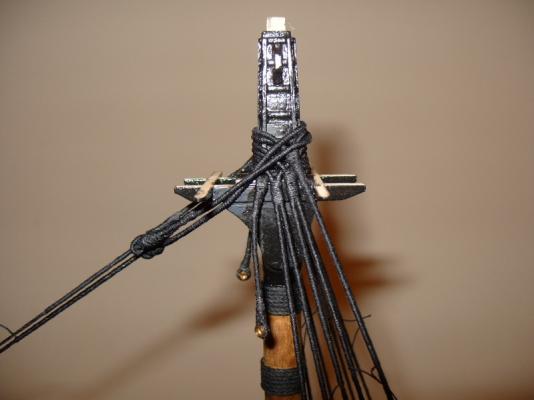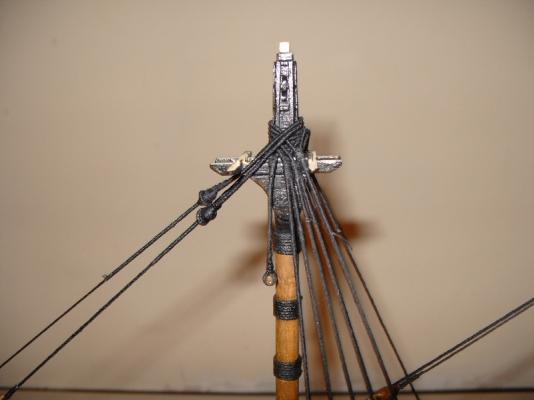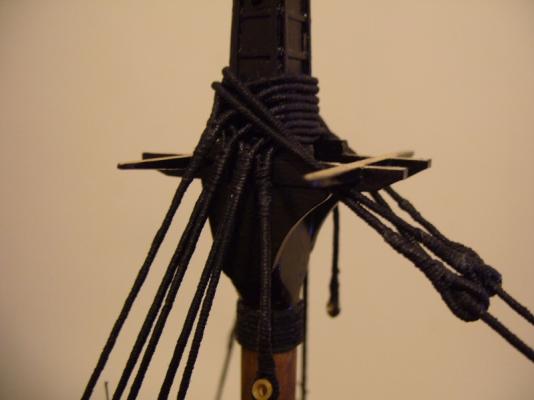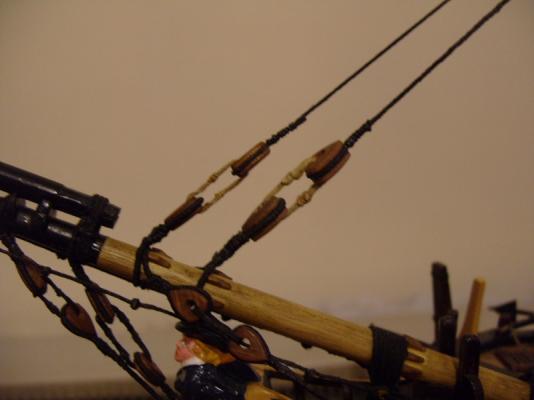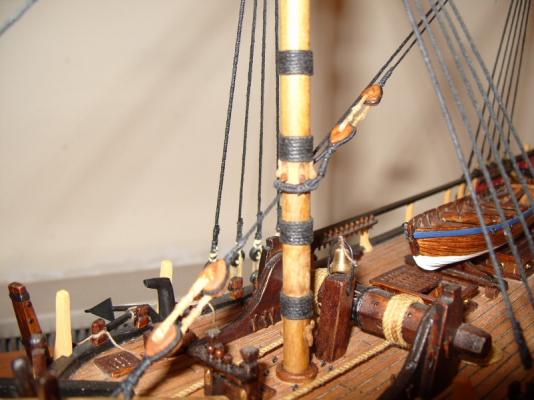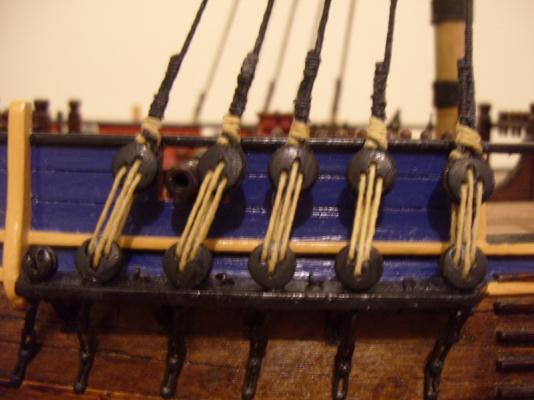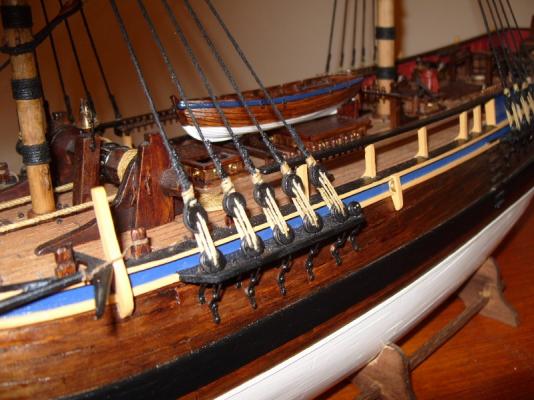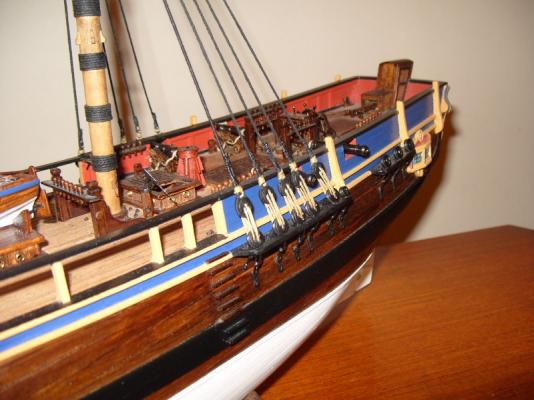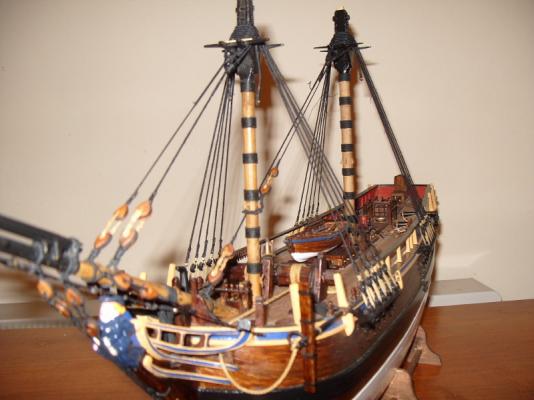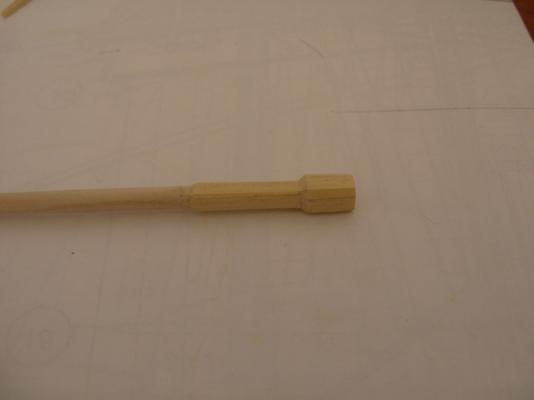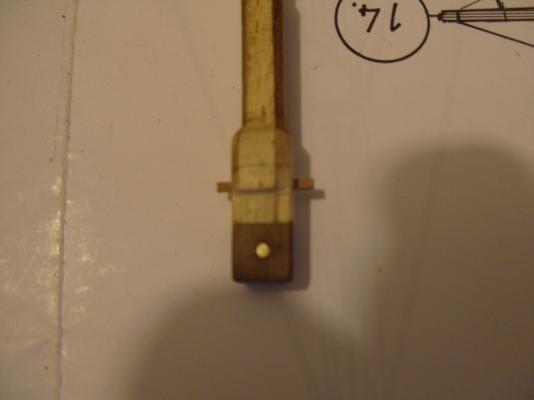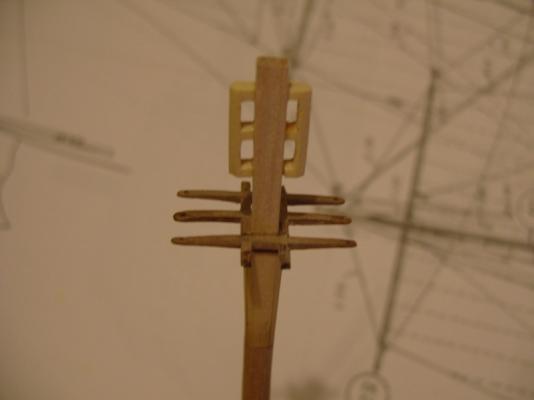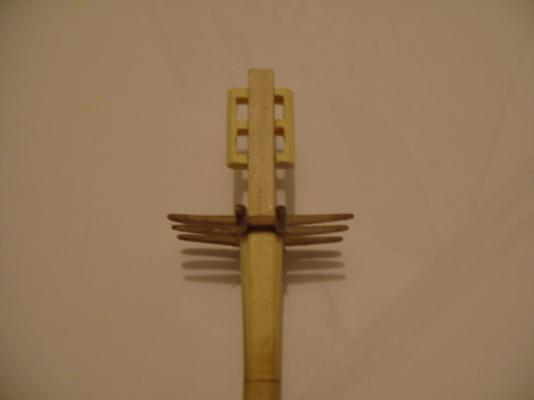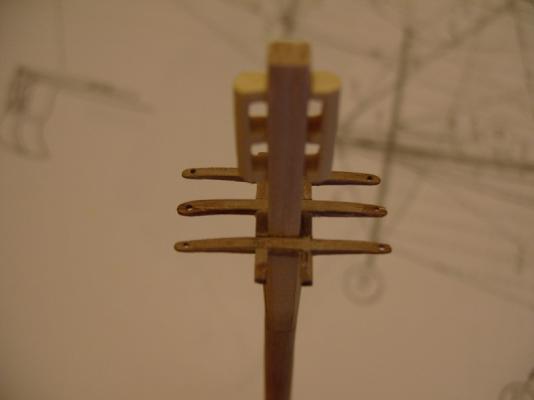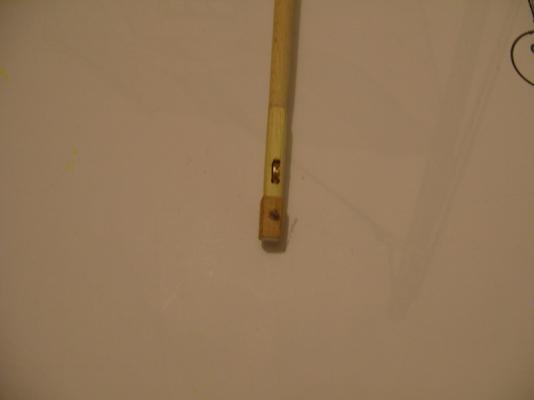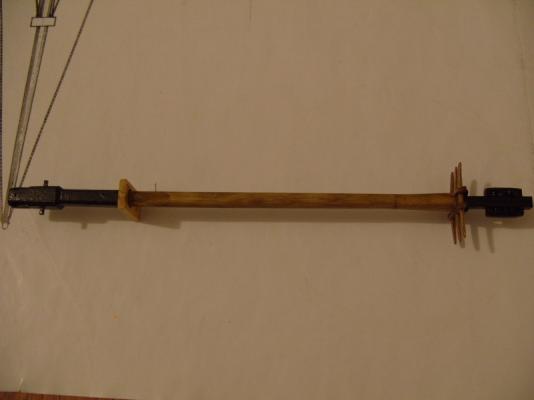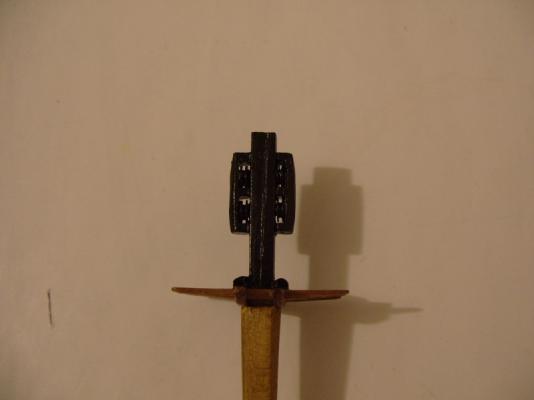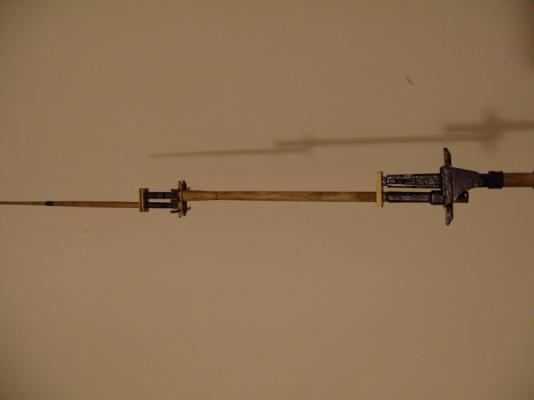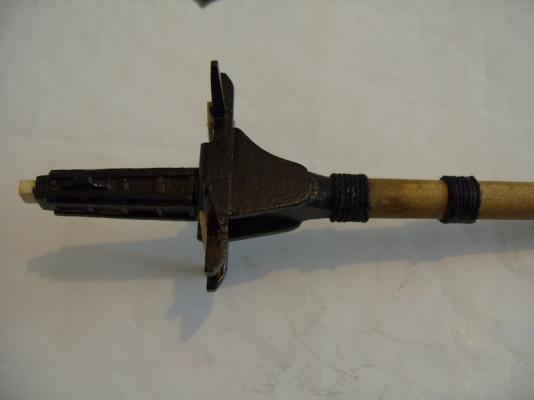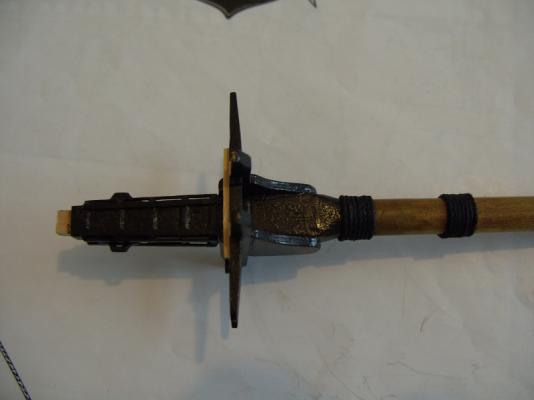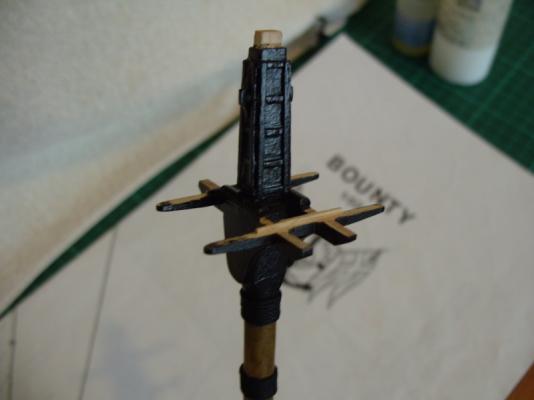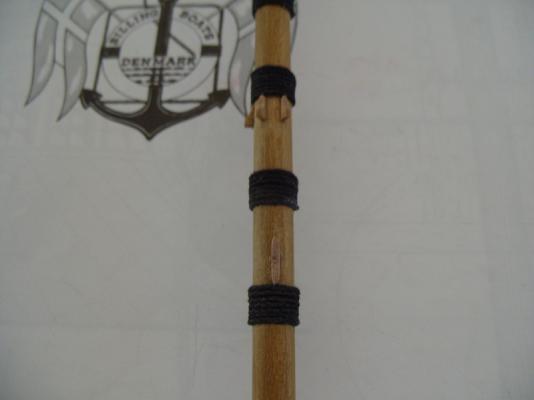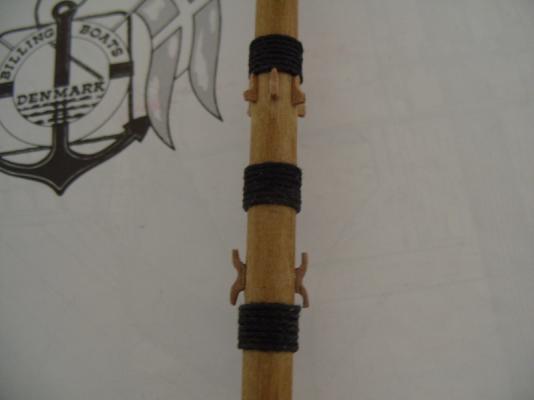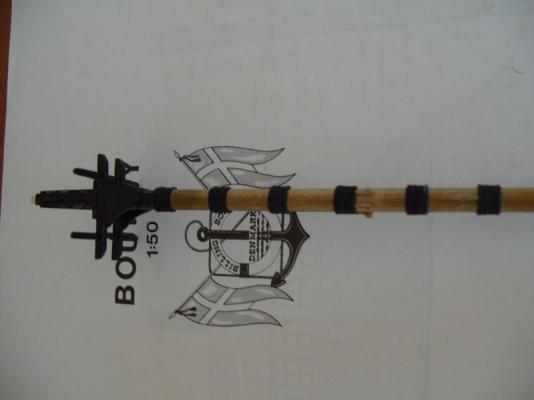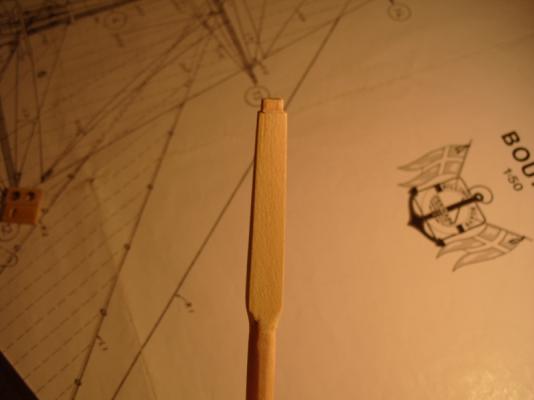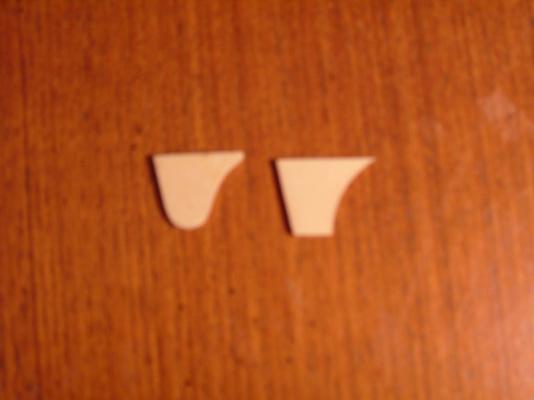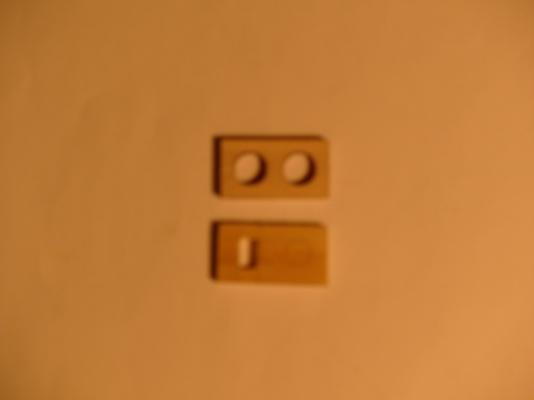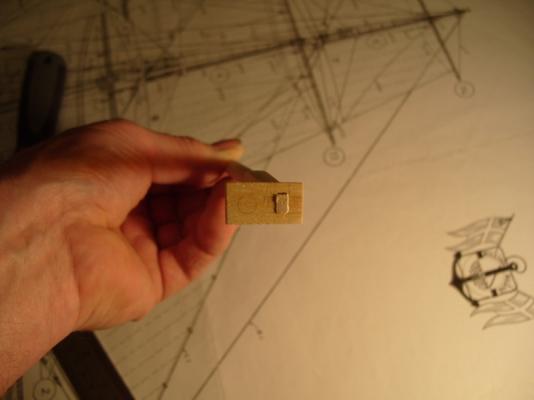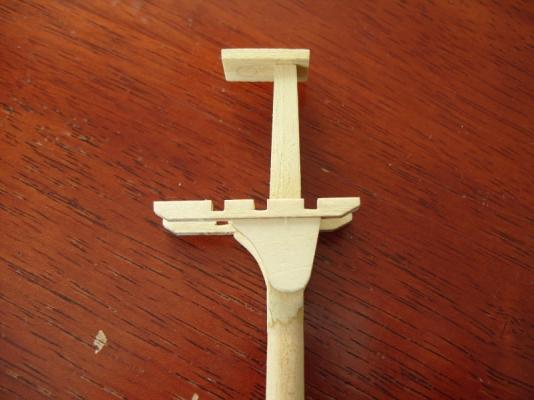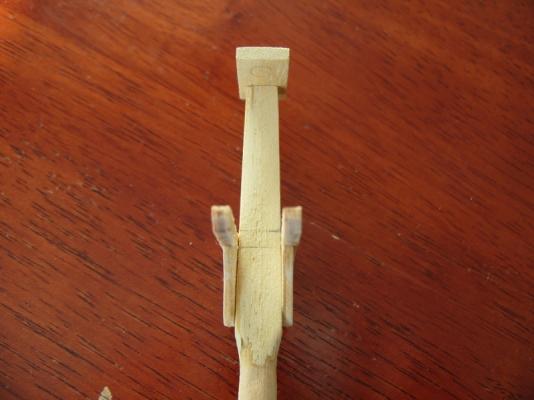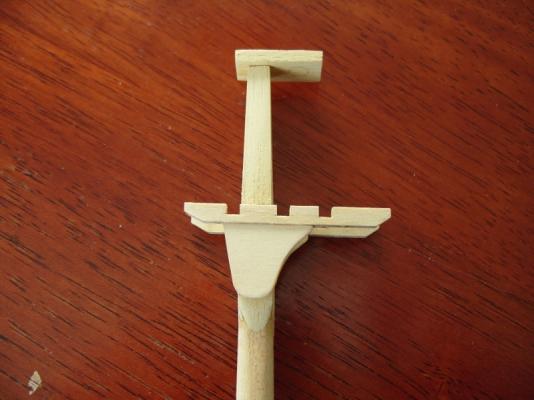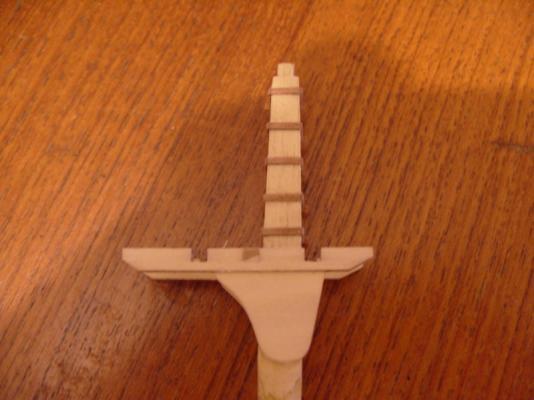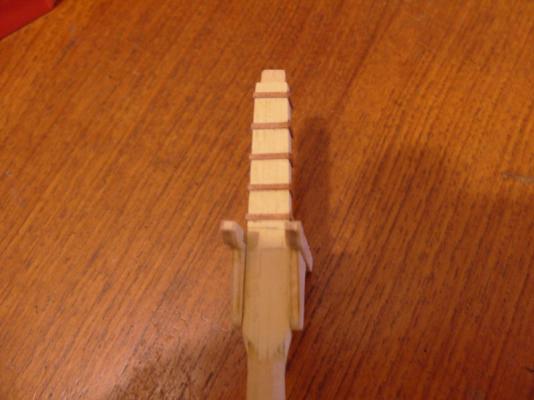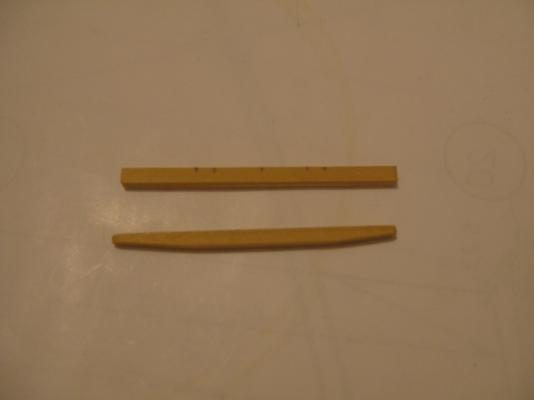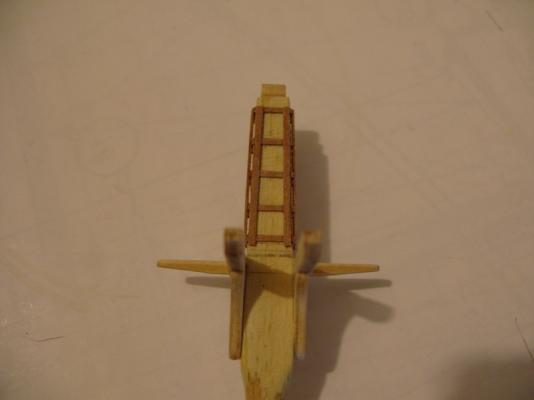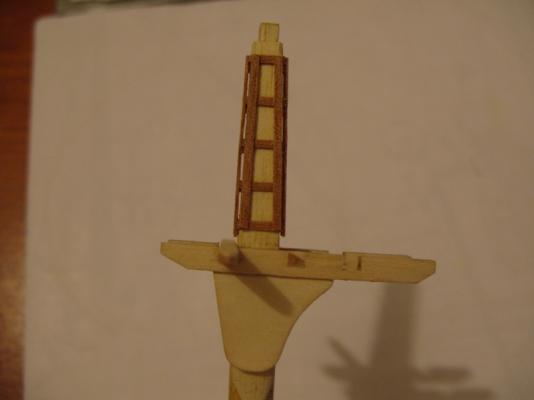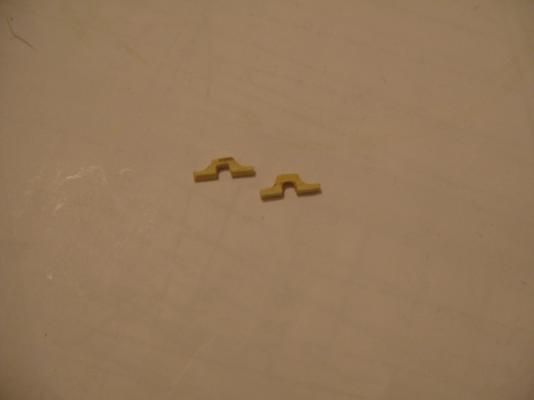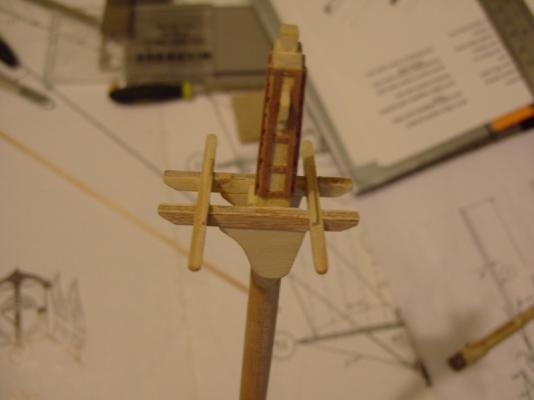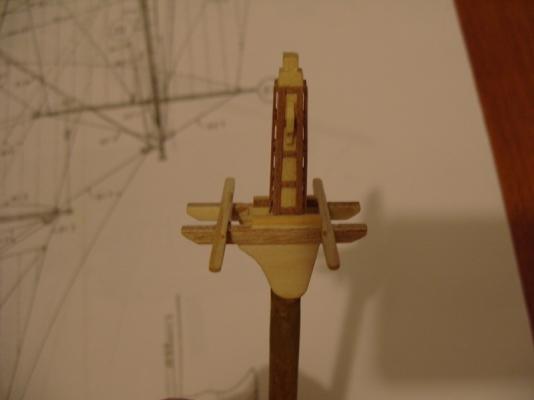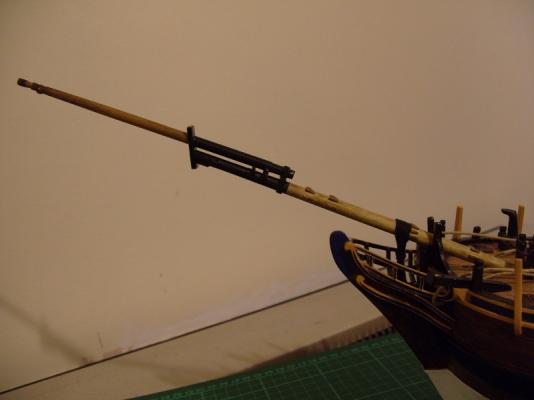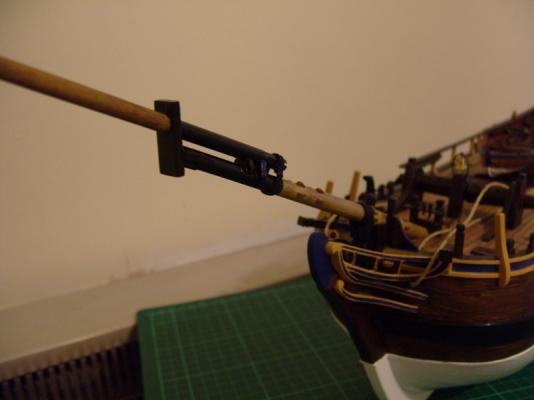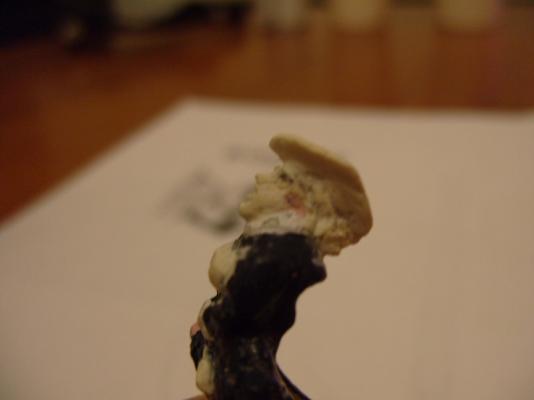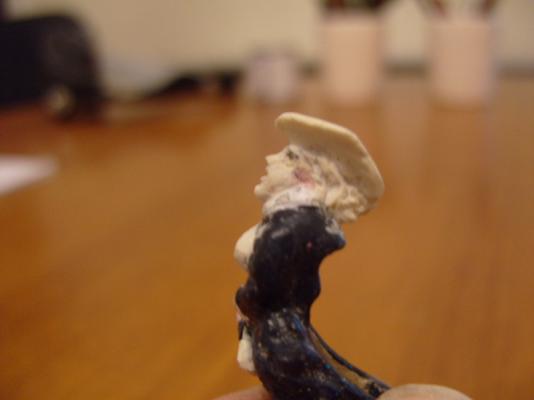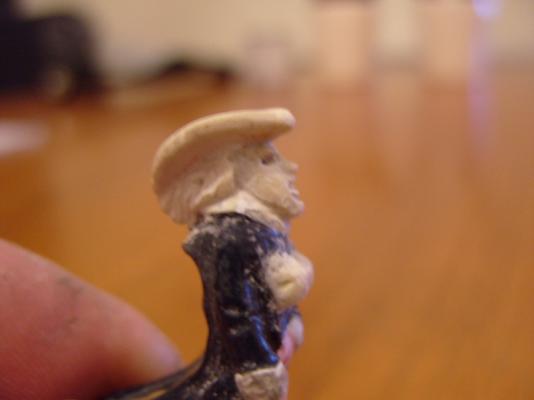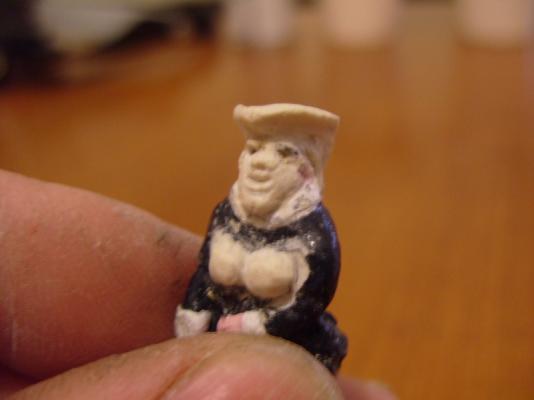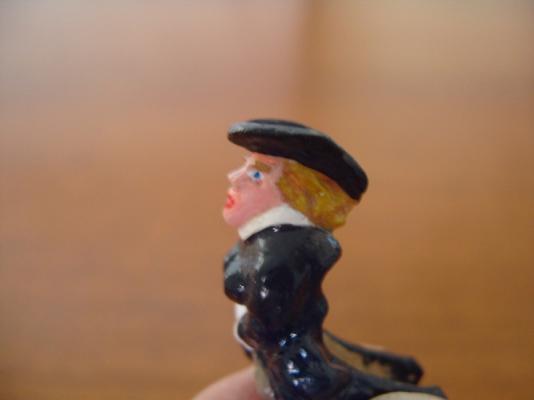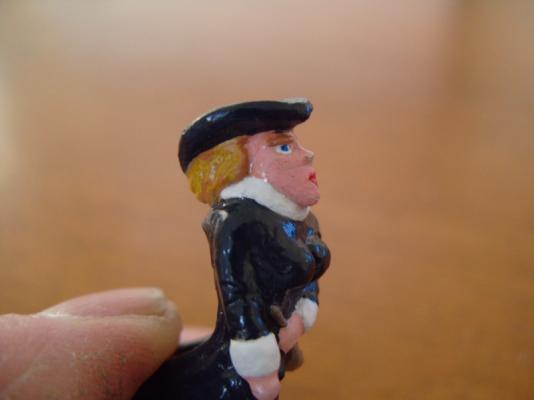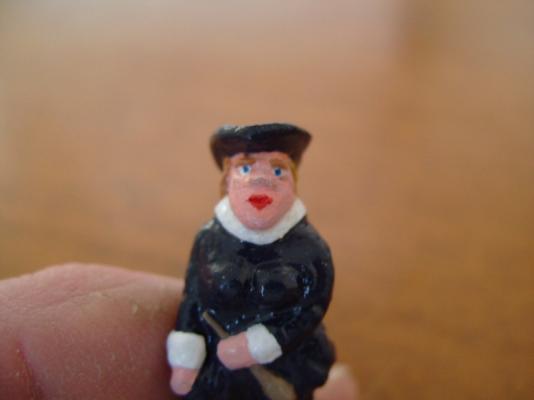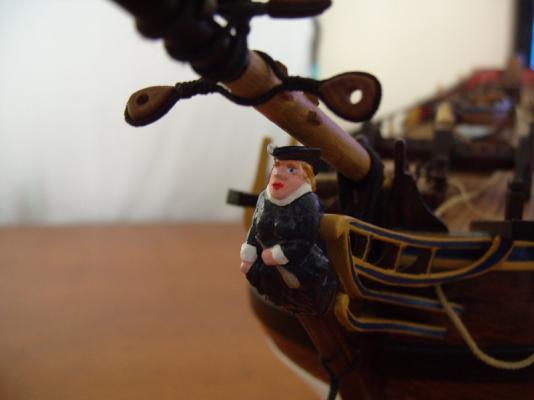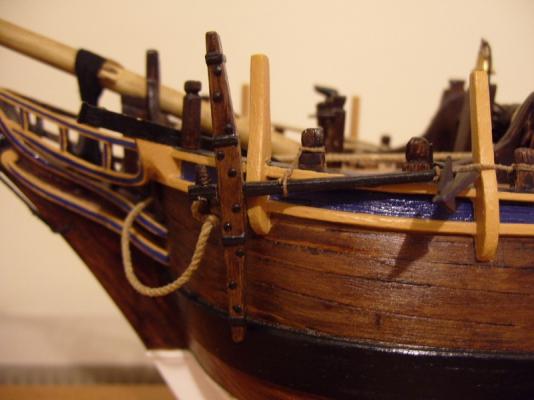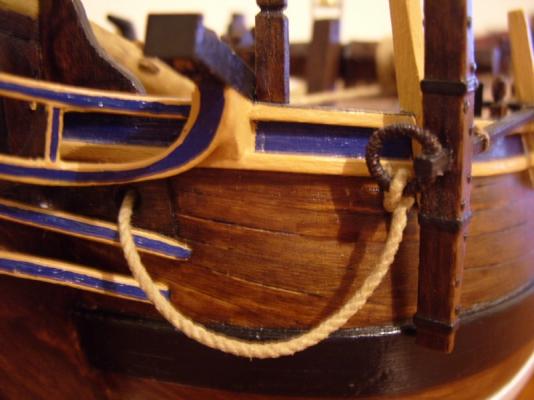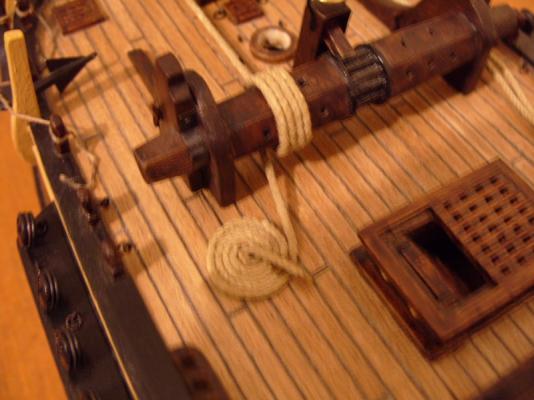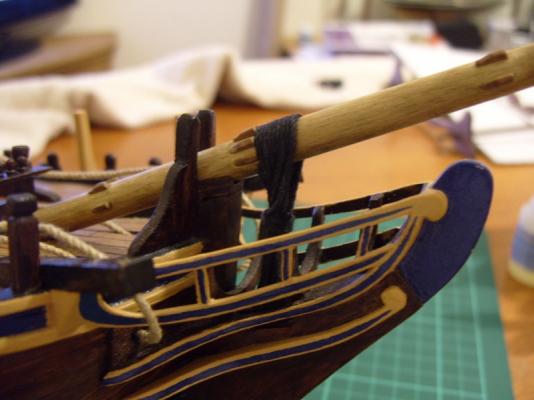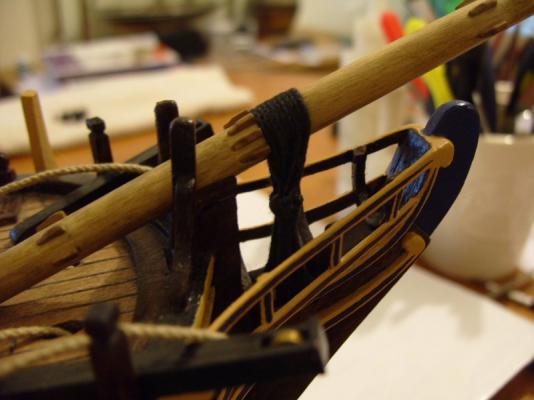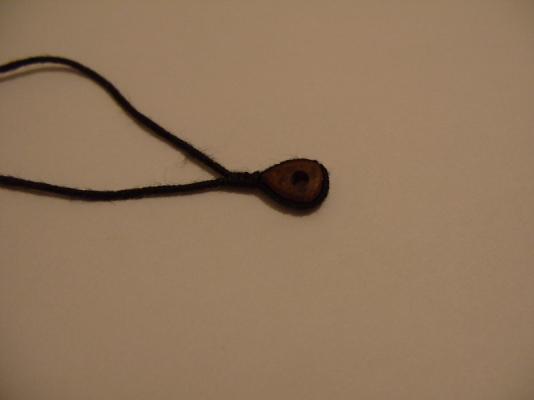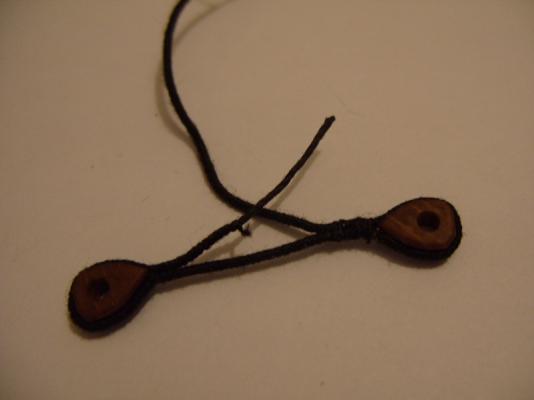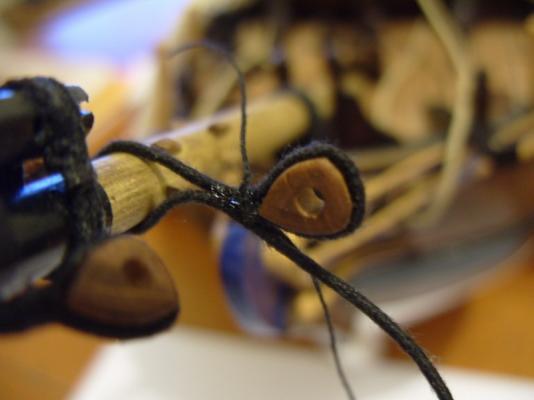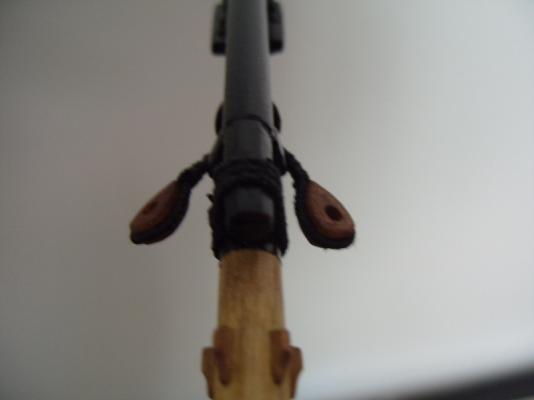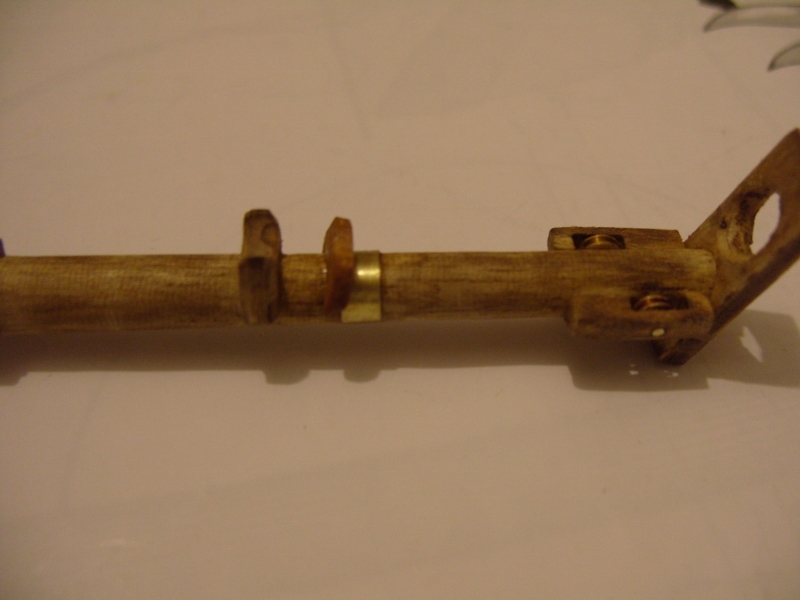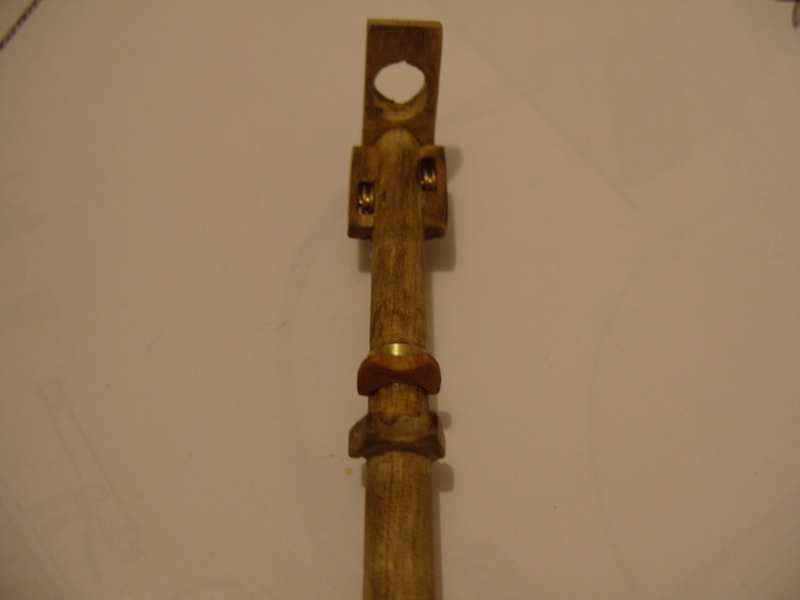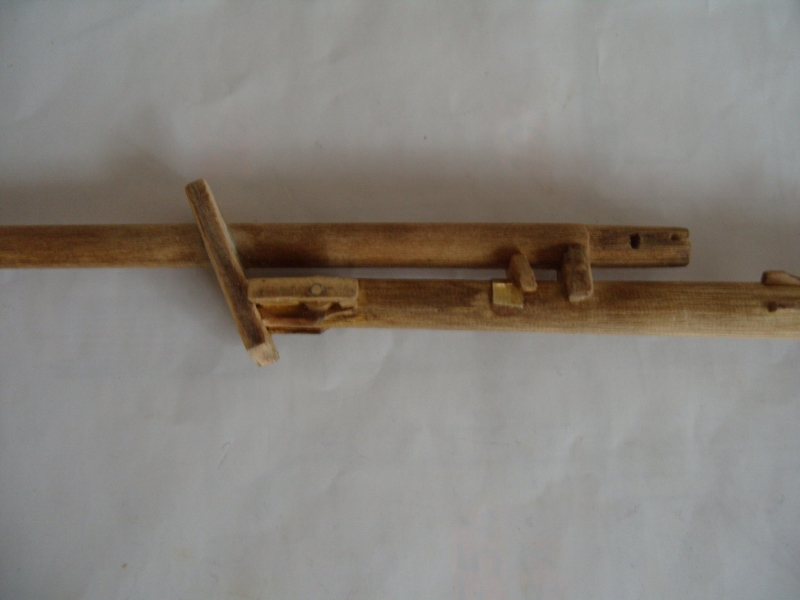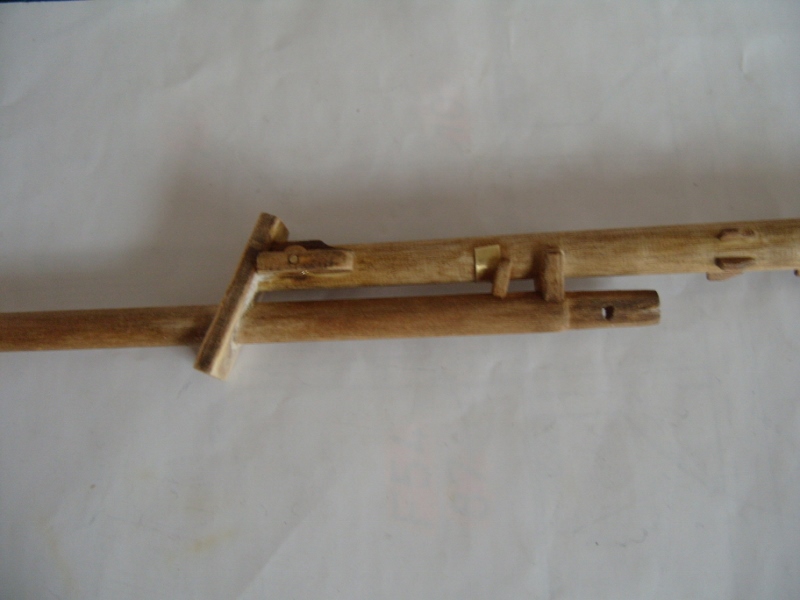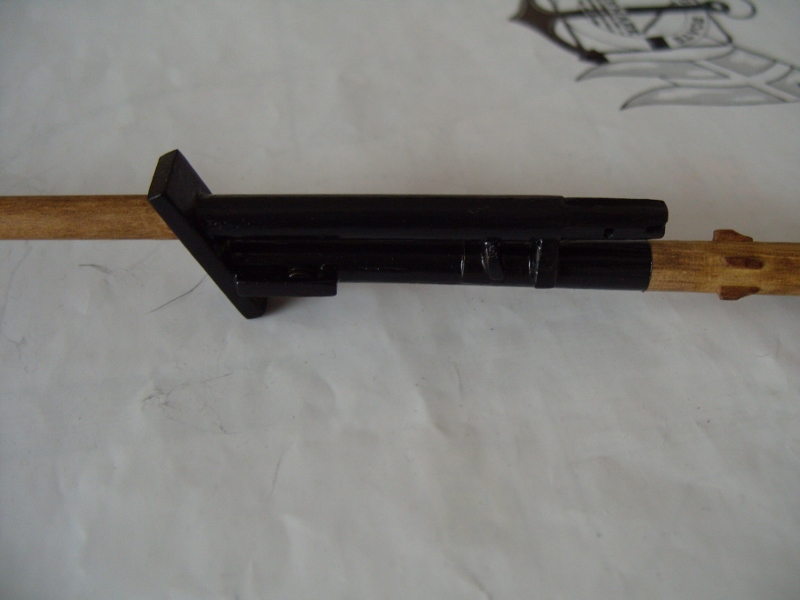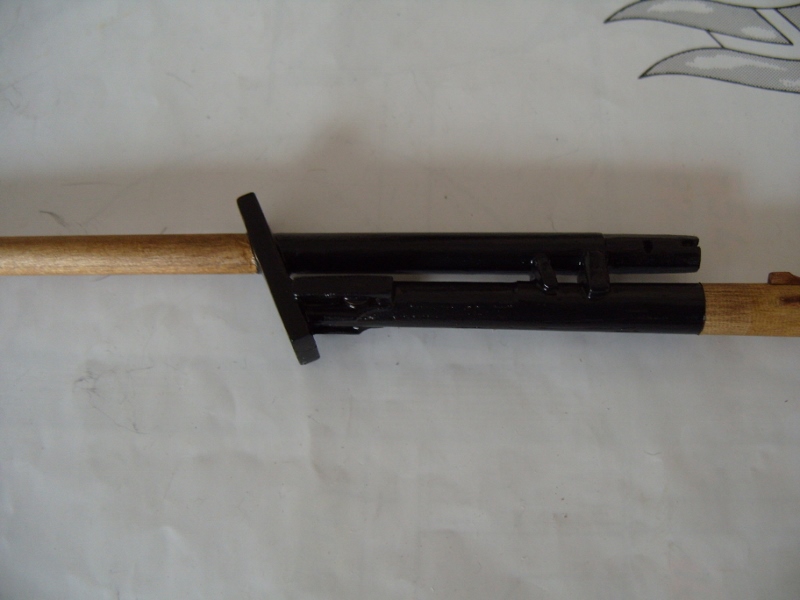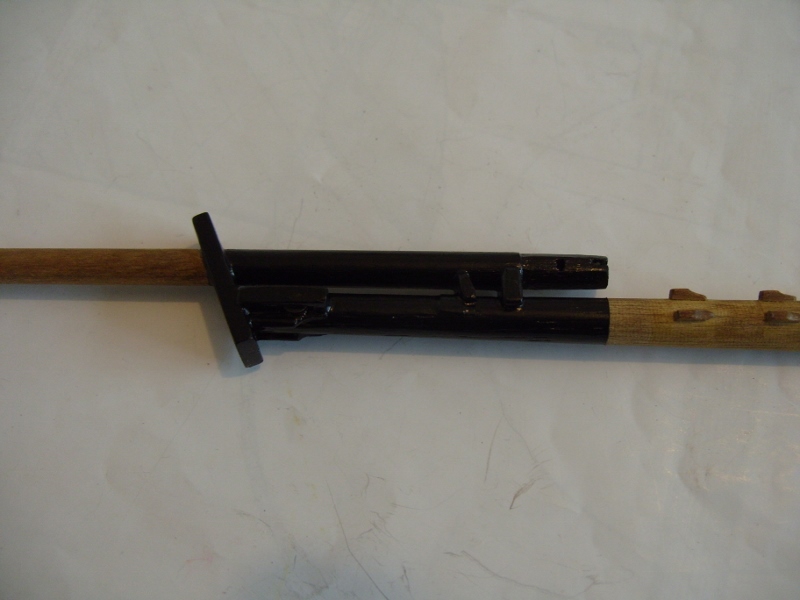-
Posts
32 -
Joined
-
Last visited
Recent Profile Visitors
-
 GrandpaPhil reacted to a post in a topic:
HMS Bounty by flipperphil - Billings Boats - scale 1/50
GrandpaPhil reacted to a post in a topic:
HMS Bounty by flipperphil - Billings Boats - scale 1/50
-
 Jolley Roger reacted to a post in a topic:
HMS Bounty by flipperphil - Billings Boats - scale 1/50
Jolley Roger reacted to a post in a topic:
HMS Bounty by flipperphil - Billings Boats - scale 1/50
-
 GTM reacted to a post in a topic:
HMS Bounty by flipperphil - Billings Boats - scale 1/50
GTM reacted to a post in a topic:
HMS Bounty by flipperphil - Billings Boats - scale 1/50
-
 popeye the sailor reacted to a post in a topic:
HMS Bounty by flipperphil - Billings Boats - scale 1/50
popeye the sailor reacted to a post in a topic:
HMS Bounty by flipperphil - Billings Boats - scale 1/50
-
Peter thanks for the good words. I purchased Rigging Period Ship Models by Lennarth Petersson, this has excellent drawings of different parts of the rigging for period ships. The drawings are very detailed and a great help for someone like me that has limited experience of rigging a ship. The other book I have is The Armed Transport Bounty by John McKay, this is from the Anatomy of the Ship series. These books I can highly recommend for anyone building the Bounty. Phil
-
 klimi reacted to a post in a topic:
HMS Bounty by flipperphil - Billings Boats - scale 1/50
klimi reacted to a post in a topic:
HMS Bounty by flipperphil - Billings Boats - scale 1/50
-
At long last I'm into the rigging. Foremast and mainmast have been set in place and burton pendents added, these have been served complete with thimbles. One pair for each mast. Next was the shrouds, the foremast first, two pairs and one single each side, ( I believe the single ones are called swifters.) The leading shroud on each side have been served for their entire length, all the rest are served down to the catharpins, the serving took an age to do it was all wound on by hand. The lanyards went on with no trouble and once all were in place tighten'd down trying to keep the upper deadeyes the same height, the same was done for the mainmast. The stays came next and are served at the top only, a mouse was added to each stay, (not that easy to make but came out OK I think) Harts were added to the bottoms complete with lanyards. I think the main stays could have been a bit thicker, still they look OK so I will leave them as they are. Phil
-
Hi Duke Good to see your build log is up and running. As for your keel problem what Chris recommends is good advise. Filler blocks at the bow and stern are definitely the way to go on this one, these will be a great help when you do the planking. I found this job extremely difficult on my build, I'm sure things would have been a lot less problematic had I used blocks. As this is a single plank kit you will need to be very precise with your planking unless you decide to double plank then you can afford to make a few mistakes as the second planking will cover them up, any way good luck with your build I look forward to seeing your progress. Phil
-
 popeye the sailor reacted to a post in a topic:
HMS Bounty by flipperphil - Billings Boats - scale 1/50
popeye the sailor reacted to a post in a topic:
HMS Bounty by flipperphil - Billings Boats - scale 1/50
-
Just found you'r log, she looks very good Ian I especially like the colours, you seem to have got so much work done in such a short time. Congratulations on a great build can't wait to see here finished . Phil
- 51 replies
-
- bounty
- billing boats
-
(and 1 more)
Tagged with:
-
Hi all First I must say thanks to Allan, Ian and Duke for looking in and there kind words, I must get around to dropping in on your builds to see what I've been missing out on. I haven't been around for nearly a year now so have much to catch up on, some late nights coming up for me I think. As for my build I hope to restart it very soon, It's been far too long since I've worked on it just over a year in fact. I'll dig the tools out and give them a polish this weekend in readiness. Phil
-
 Dukekars reacted to a post in a topic:
HMS Bounty by flipperphil - Billings Boats - scale 1/50
Dukekars reacted to a post in a topic:
HMS Bounty by flipperphil - Billings Boats - scale 1/50
-
 WackoWolf reacted to a post in a topic:
HMS Bounty by flipperphil - Billings Boats - scale 1/50
WackoWolf reacted to a post in a topic:
HMS Bounty by flipperphil - Billings Boats - scale 1/50
-
 WackoWolf reacted to a post in a topic:
HMS Bounty by flipperphil - Billings Boats - scale 1/50
WackoWolf reacted to a post in a topic:
HMS Bounty by flipperphil - Billings Boats - scale 1/50
-
 yvesvidal reacted to a post in a topic:
HMS Bounty by flipperphil - Billings Boats - scale 1/50
yvesvidal reacted to a post in a topic:
HMS Bounty by flipperphil - Billings Boats - scale 1/50
-
Popeye I am going to step the lower masts and do the shrouds and stays first, then work my way up each mast, completing the standing rigging as I go, that's the plan anyway. I know exactly what you mean about the thread supplied by Billings, being really fuzzy and the more you play with it the worse it gets. I'm actually using black thread by Caldercraft for all the standing rigging on this build. It's better but can still becomes quite fuzzy if not handled with care. Moving on, the fore topmast needed some attention next, again the bottom portion was squared off and pieces of wood added to each side to pack it out ready for shaping, picture 1. A sheave was added to the bottom along with a fid, pictures 2&3. Once this was complete the top of the mast was given the same treatment, first squaring of the top portion, followed by adding pieces of wood to each side to pack it out ready for shaping the hounds. (I did have some pictures of this but unfortunately I managed to lose them and haven't been able to recover them, so no pictures of this part of the assembly). Moving on, the tressel trees were added next and 3 cross trees were made from walnut strip, these were then glued into position. Two cheek blocks were made and glued into position on the mast. A new mast cap was also made, pictures 4,5&6. The fore topgallant got the same treatment with sheaves added to the bottom and near the top, picture 7. Pictures 8&9 show the fore topmast finished. Picture 10 shows the masts temporarily assembled, the caps will be painted black after final assembly. Next up is the tops, but more on that later. Regards Phil
-
Before starting the masts I had a good look at the AoTS book. It soon became apparent that I was going to have a lot of work to do to get them to resemble the drawings in the book. So starting with the foremast the first job was to square off the top portion of the dowel supplied. Once this was done, pieces of wood were glued to each side of the square section to bulk it out ready for shaping into the required tapered profile, picture 1. Next the kit parts for the bibbs were reshaped, picture 2. Then a new cap was made, kit part at top, new cap below, picture 3. This was then test fitted to the top of the mast, picture 4. Next the bibbs and tressel trees from the kit were glued into place, pictures 5, 6 & 7. The tressel trees are from the kit and have 3 cut outs for the cross trees, only 2 cross trees are needed so the middle cut outs were filled in, picture 8. This picture also shows the banding which was added, also shown in picture 9. Picture 10 shows the making of the cross trees. Picture 11 shows the rear cross tree fitted and the battens in place. Picture 12 also shows the battens. Picture 13 shows the front cross tree added and a small block glued in place. At this point I noticed that the rear cross tree was fitted too close to the mast. It then became apparent that the tressel trees in fact were fitted too far forward, so these were moved back into their correct position, picture 14. Two jeer block strop cleats were made, picture 15, these were then fitted into position, picture 16. This picture also shows small battens added to the top of the cross trees which will help to centralise the top when fitted. Picture 17 shows the bolsters fitted into position. All of this work was then painted black and woddings were added to the mast, pictures 18, 19 & 20. Just a little more to do on the lower part of the mast, more on that later. Pictures 18, 19 & 20 need to be resized, will show them at a later date. Regards Phils
-
Now that the figurehead is in place, her cloak has been extended onto the stem and blended in, also she has had some shoes added complete with silver buckles, she is now finished at last. Moving on, the two stays are in place, these have been served which was done by hand, this was very time consuming but worth the effort. The two shrouds and horses are also in place, I just need to induce a little sag in the ones on the bowsprit, the ones on the jib boom have had this done already. There's a little tidying up to be done in this area, the close up shots sure do show up all the little imperfections, perhaps I should stop taking close ups. To finish off the jib boom I made a jib traveller from brass rod. Small brass thimbles were used for the rollers which were added along with the hook to the ring which was then closed up soldered together, the whole thing was then blackened. This completes this area for now at least. Now on to the masts which have been started, but more on that later.
-
Matt Sorry for the late reply, but as I have already explained work had to come first. In answer to your question, the tops in my kit were also made of plywood, these have been discarded apart from the frames, which I kept and used to make up the grates by adding strips of wood from one side to the other and then filling in length ways with small pieces of wood to give the grating affect. Once these were sanded smooth the centre part was removed to accept the mast. Hope you can understand this, if not then please let me know and I'll try to explain in more detail. Regards Phil
-
Well it's been nearly 3 months since I last posted, work had to take precedence unfortunately. Still I have managed to make some progress, the bowsprit is now fixed into position along with the figurehead. As some of you may remember I did not like the facial features on this and so modifications were made. This was done by adding wood filler and re-shaping the features. I had to make several attempts at this before getting what I think is acceptable, much better than before anyway. The gammoning has been done and second anchor has been made, these are now fixed in their positions, wasn't sure what to do with the anchor ropes, so I just coiled them up on the deck. I also started on the bowsprit rigging, the saddles for the stays were made up and are in position. The foremast and top have been made, but more on that later. Regards Phil
-
A bit more work done on the bowsprit and jib boom, a piece of brass has been added to the bowsprit to represent the lead lining. Also the sprit sail yard sling saddle has been added. The jib boom has been glued to the bowsprit and the centre part of the two has been painted black, the rest will be varnished. In the A.O.T.S book there is a diagram of a fish davit, can anyone tell me what this is and where it goes? It is shown on the same page as the bowsprit and jib boom, so I presume it goes in this area somewhere. Your help in this matter would be much appreciated as I have no idea where this goes. Thanks. Regards Phil
About us
Modelshipworld - Advancing Ship Modeling through Research
SSL Secured
Your security is important for us so this Website is SSL-Secured
NRG Mailing Address
Nautical Research Guild
237 South Lincoln Street
Westmont IL, 60559-1917
Model Ship World ® and the MSW logo are Registered Trademarks, and belong to the Nautical Research Guild (United States Patent and Trademark Office: No. 6,929,264 & No. 6,929,274, registered Dec. 20, 2022)
Helpful Links
About the NRG
If you enjoy building ship models that are historically accurate as well as beautiful, then The Nautical Research Guild (NRG) is just right for you.
The Guild is a non-profit educational organization whose mission is to “Advance Ship Modeling Through Research”. We provide support to our members in their efforts to raise the quality of their model ships.
The Nautical Research Guild has published our world-renowned quarterly magazine, The Nautical Research Journal, since 1955. The pages of the Journal are full of articles by accomplished ship modelers who show you how they create those exquisite details on their models, and by maritime historians who show you the correct details to build. The Journal is available in both print and digital editions. Go to the NRG web site (www.thenrg.org) to download a complimentary digital copy of the Journal. The NRG also publishes plan sets, books and compilations of back issues of the Journal and the former Ships in Scale and Model Ship Builder magazines.




